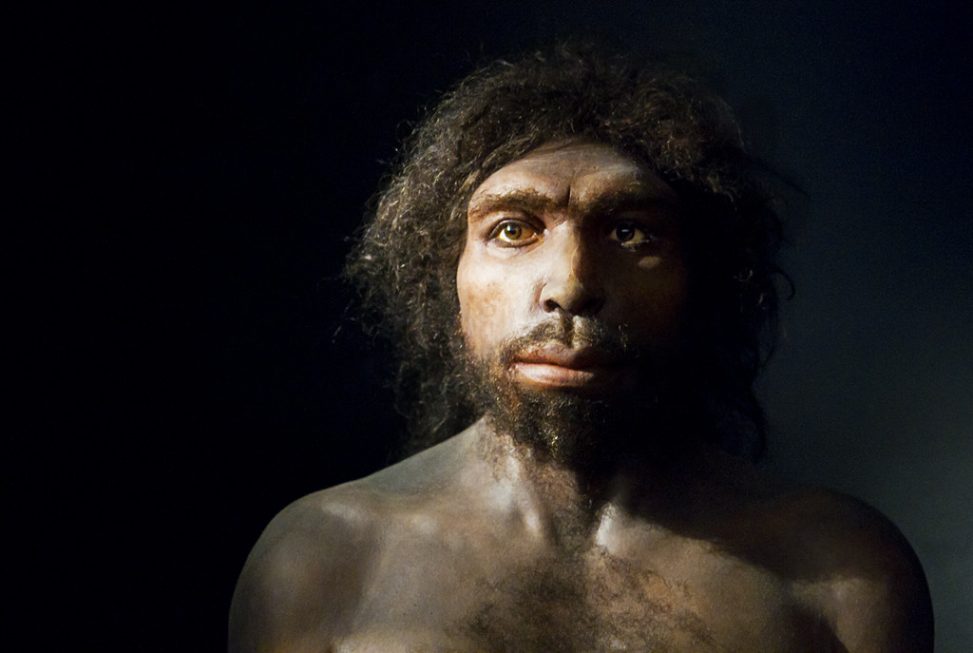We know that humans and chimpanzees separated from each other evolutionarily about 7-9 million years ago. A lot of time has gone by between now and then and scientists are working to decipher our evolutionary path over that time. Part of this work deals with understanding our relationship with our sister species; which are extinct ancient species that we once shared similar features with and have since diverged from evolutionarily, such as Neanderthals and Denisovans. Thanks to the genetic material extracted from a recently discovered 800,000-year-old tooth, we now know that Homo antecessor is a part of this sister group of species.
This new research, submitted by genetic analysts and paleontologists from the University of Copenhagen and the National Research Center on Human Evolution in Burgos, Spain, has answered longstanding questions about our relationship to Homo antecessor. By extracting genetic data from the tooth and comparing it with our own, this research has proven that antecessor is a basal species that we share a strong connection with, and it is the source from which humanity evolved into other species. The study has also shown that our facial structure is a strong common feature between us and other species in the Homo family.
The tooth was found in 1994 by palaeoanthropologist José María Bermúdez de Castro at the Gran Dolina cave site in Sierra de Atapuerca, Spain. This tooth has now been analyzed using the mass spectrometry method, a method that allows the researchers to extract genetic material from ancient proteins. They then compared its genetic data with data taken from a recent human premolar (that belonged to an individual that lived in the early 1700s) and found that their respective proteins were almost genetically identical, and they even had similar fibers.
Another important finding is that Homo antecessor had facial features that are like modern humans. This information suggests that these features, that first appeared in Early Pleistocene Homo species, appeared much earlier than we thought and have a deep ancestry in the Homo family. This information could also suggest that antecessor was the last common ancestor of Homo sapiens, Neanderthals, and Denisovans, but this claim is currently contentious. Further analysis has suggested that some of these features were retained by Neanderthals but lost by humans.
The researchers discovered that the tooth was a lower left, first or second molar from a male individual.

a. Ancient Homo antecessor tooth. b. Occlusal view of tooth.
Taken from Welker, F., Ramos-Madrigal, J., Gutenbrunner, P. et al. 2020. The Dental Proteome of Homo antecessor. Nature.
Research into human evolution has thus far relied on physical observations of fossils as chemical degradation of DNA has limited us, which is why the oldest human DNA that has been dated is from no more than 400,000 years ago. This study allowed these limits to be overcome, which is why his study is a landmark achievement for palaeoproteomics and the mass spectrometry method. This method was developed by faculty at the department of Health and Medicinal Sciences at the University of Copenhagen.
This study has also presented the oldest ancient genetic protein data from the Homo family. By comparing human and fauna genetic protein data from different skeletal tissues, it has been revealed that teeth enamel, the hardest tissue in the mammalian skeleton, is the best source for protein preservation as they can outlast protein from bones.

Map of dig sites Taken from Welker, F., Ramos-Madrigal, J., Gutenbrunner, P. et al. 2020. The Dental Proteome of Homo antecessor. Nature.
Since 1994, over 170 human fossil remains have been recovered from the Gran Dolina site in Burgos. Variations that were discovered in these human fossils led to the establishment of the new species Homo antecessor in 1997. These new results provide important insights into the evolutionary relationships between Homo antecessor and other Homo species. These discoveries will pave the way for future studies using enamel proteins to investigate human biology across our existence.
Source:
Welker, F., Ramos-Madrigal, J., Gutenbrunner, P. et al. 2020. The Dental Proteome of Homo antecessor. Nature.

murphymv
This article is fascinating because it delves into the details of the research methodology, but also captures the big picture: how did modern humans get here? Thanks for sharing!